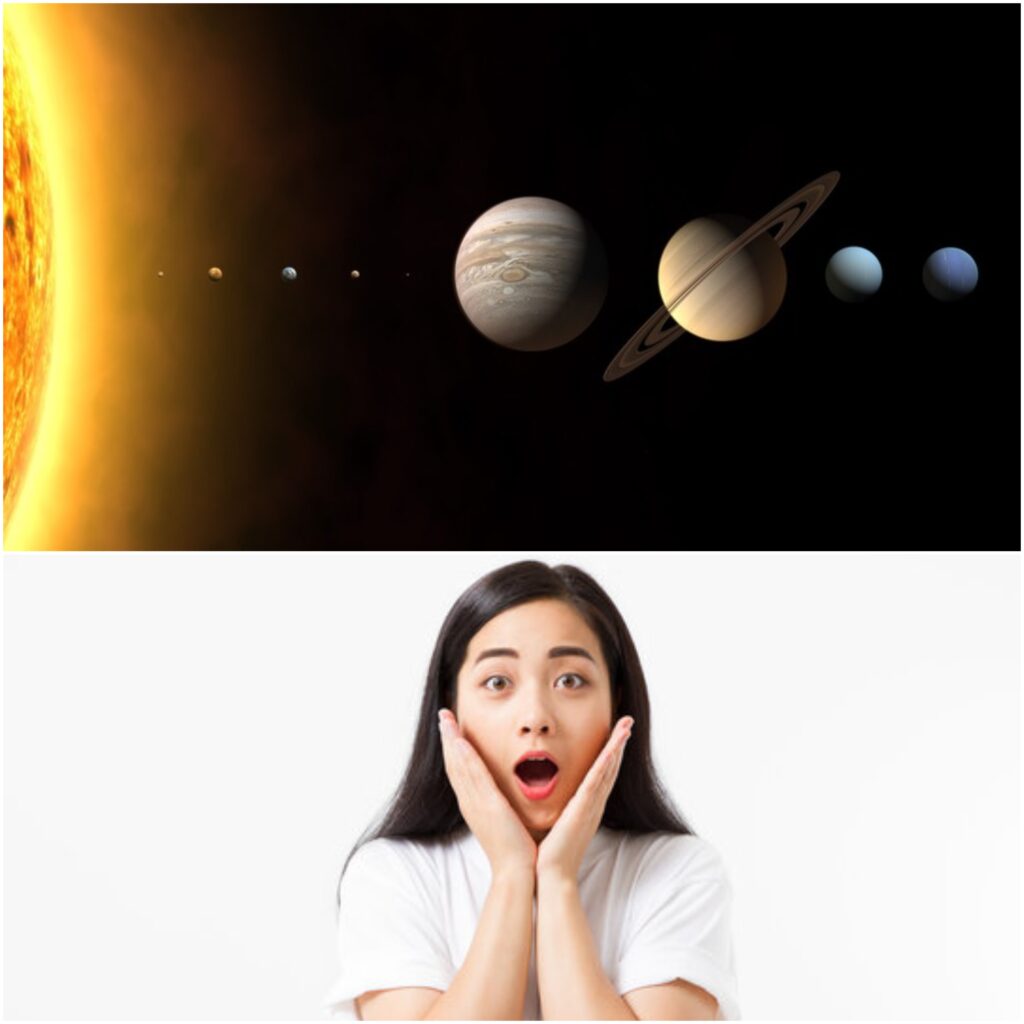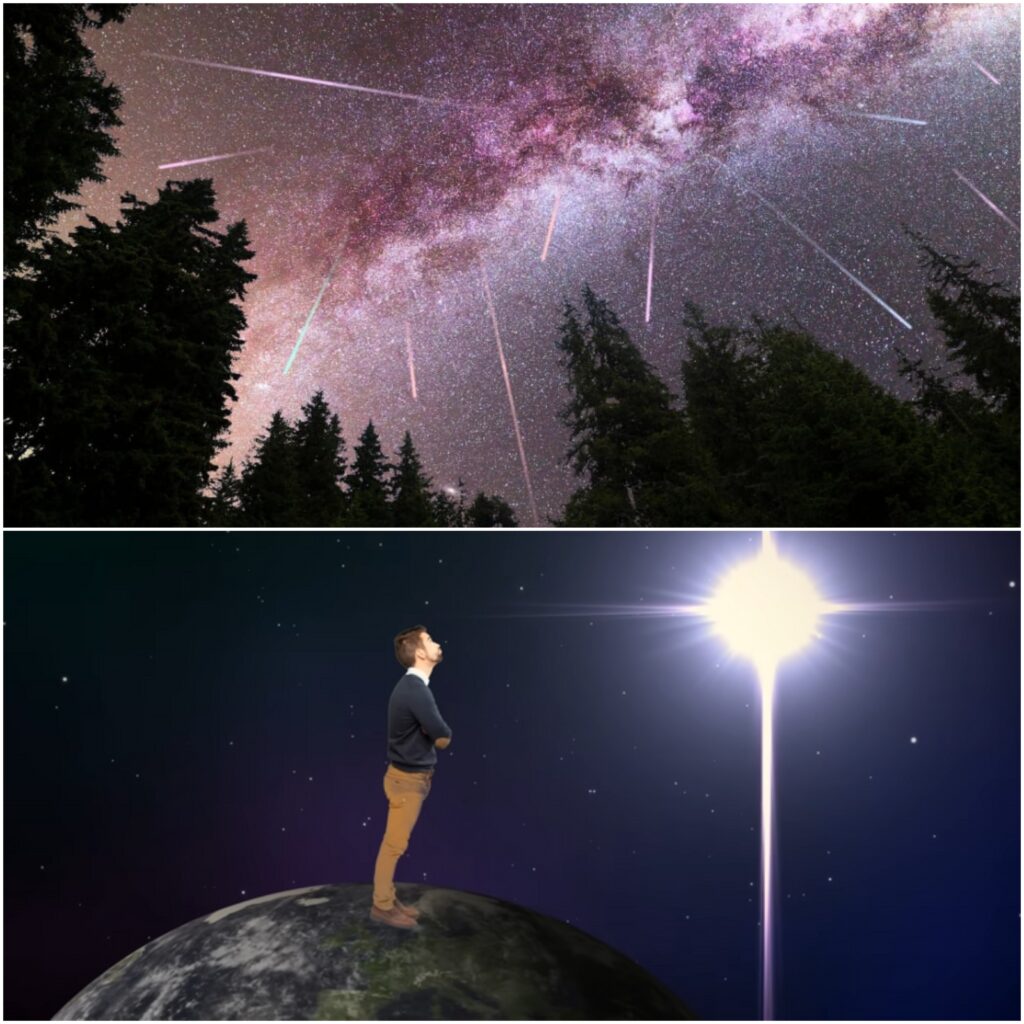Facts about rare astronomical events never cease to amaze us, offering glimpses into the wonders of our vast universe.
This year’s sky is full of amazing and informative rare celestial events, such as meteor showers and unique eclipses, which provide us with opportunities to witness the extraordinary.
Let’s look at the top 15 facts about these rare astronomical occurrences that are taking place this year.

Top 15 Facts About Rare Astronomical Events
1. Blue Moon in August
This August, there will be a Blue Moon, which is when there are two full moons in a single month.
Stargazers are treated to this unique phenomenon, which only occurs once every two to three years.
The word “blue” describes the moon’s rarity rather than its ability to change hue.
Do not pass up this opportunity to take in two full moons in one month.
2. Total Solar Eclipse in October
Parts of North America will experience a total solar eclipse this year.
There is a brief period of midday darkness during this event when the moon totally masks the sun.
For many, it is a once-in-a-lifetime opportunity to learn about the sun’s outer atmosphere, called corona.
3. Perseid Meteor Shower Peak
August will see the climax of the Perseid Meteor Shower, which is characterized by a large number of brilliant meteors.
In bright, dark sky, you may see as many as 100 meteors every hour.
This meteor shower, which lights up the sky in a stunning display, happens as Earth travels through the Swift-Tuttle comet’s debris.
4. Supermoon Series
A number of supermoons, in which the moon appears larger and brighter than usual, are occurring this year.
When the full moon and its closest approach to Earth occur at the same time, a supermoon occurs.
It is a great opportunity for both astronomy enthusiasts and photographers.
5. Venus and Jupiter Conjunction
During a conjunction, two of the brightest planets in the night sky, Venus and Jupiter, would look extremely near to one another.
The two planets shine brilliantly side by side in this uncommon alignment, making it possible to see them without a telescope.
6. Annular Solar Eclipse in October
This year, there will be an annular solar eclipse, in which the moon partially obscures the sun, producing the “ring of fire” effect.
With the right sun glasses, this unusual phenomenon is safe to watch and provides a unique visual pleasure.
7. Close Approach of Mars and the Moon
In the night sky, Mars and the moon will come into close proximity to one another.
Mars will appear brightly near to the moon during this event, making it particularly easy to observe.
For aspiring astronomers, it is an amazing chance.
8. Geminid Meteor Shower
December will see the height of one of the year’s most stunning meteor showers, the Geminid.
Under favorable circumstances, this shower, which is well-known for its vivid, multicolored meteors, can produce up to 150 meteors per hour. Debris from the asteroid 3200 Phaethon is to blame.
9. Saturn at Opposition
In our sky, Saturn will be in opposition, which means it will be straight across from the sun.
Now is the ideal moment to use a telescope to view Saturn and its famous rings. Additionally, it is when the planet seems closest to Earth and brightest.
10. Lunar Eclipse in May
A portion of the moon will cross Earth’s shadow during this year’s partial lunar eclipse in May. The moon changes color during a lunar eclipse, which is safe to see with just your eyes.
11. Aurora Borealis Activity
This year’s increased solar activity increases the likelihood of seeing the Northern Lights, also known as the Aurora Borealis.
The interaction of charged particles from the sun with Earth’s atmosphere is what produces these vibrant lights.
Although they can occasionally be spotted farther south, they are most noticeable close to the poles.

12. Eta Aquarid Meteor Shower
Fast, bright meteors, leftovers of Halley’s Comet, will be visible from both hemispheres, although the southern hemisphere will have the greatest view of the Eta Aquarid Meteor Shower, which will peak in early May.
13. Rare Planetary Parade
This year, several planets will line up in a straight line for a planetary parade.
These alignments provide a lovely spectacle in the night sky and are rather uncommon.
14. Comet Nishimura’s Return
This year, the long-period comet Nishimura will make its uncommon appearance.
This comet, which can be seen with telescopes, provides us with a window into the frozen worlds that inhabit the furthest reaches of our solar system.
15. Double Shadow Transit on Jupiter
A double shadow transit, in which two of Jupiter’s moons cast shadows on the planet at the same time, will be visible to telescope users.
This unusual occurrence shows how dynamic Jupiter’s moons are and how quickly it rotates.
Bottom Line
We are reminded of the wonder and beauty of the cosmos by Facts about rare astronomical events.
This year's festivities provide more than simply breathtaking views; they are also chances to learn more about the universe.
They arouse astonishment and curiosity, from solar eclipses to meteor showers. Do not forget to mark these incredible astronomical occurrences on your calendars.
Read Also: Facts About Underground Wonders You Had No Idea Existed
